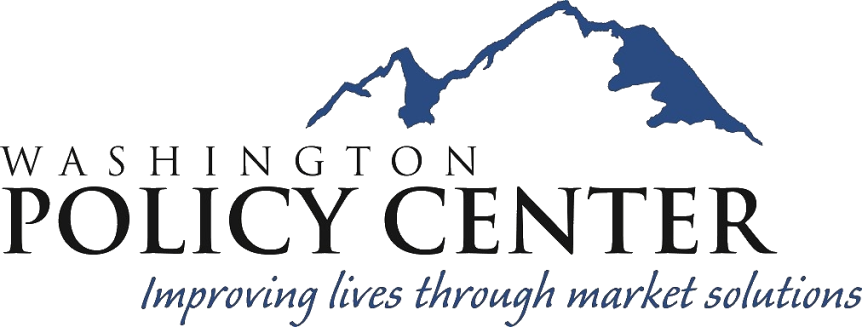
The Washington Policy Center writes The Parental Rights initiative just passed, but some lawmakers are telling school officials to ignore it
On Monday the state legislature passed Initiative 2081, the Parental Rights initiative, by wide bipartisan margins. It passed by a vote of 82 to 15 in the House and by 49 to zero in the Senate. You can see how your representative voted here.
As a citizen initiative it doesn’t need the governor’s signature and will become law in 90 days. The popular measure will require public schools to inform parents about what is happening to their own children in school.
Passage of Initiative 2081 is a very positive first step for parents and students. It was signed by over 454,000 people. It is an important indicator of the public’s broad dissatisfaction with the public schools.
The purpose of the initiative is to get the state legislature to listen to the public’s widespread frustrations with public education. Some Democratic lawmakers, though, still haven’t gotten the message.
During floor debate Monday, Senator Jamie Pedersen (D-Seattle) said (time stamp 55:10):
“…I was comforted to hear from the Office of the Superintendent of Public Instruction and from school directors that they plan to implement the initiative narrowly and consistently with the other law we have passed over time protecting the rights of young people [to hide information from their parents]…
“We’ll be watching very carefully to watch how this rolls out on the ground in our 295 school districts is consistent with that understanding.”
Representative Sharon-Tomiko Santos (D-Seattle) said angrily (time stamp 1:12:53):
“…this law doesn’t do much to change the underlying laws…. I am very happy to know from our counsel and professional staff that the measure before us does not repeal any of the important protections and safeguards that the legislature has enacted for our youth…I understand the concerns that reverberate throughout our community about unintended consequences, so Mr. Speaker I will remain vigilant that students rights are not abridged and that districts do not misinterpret or misapply the law.”
Parents are not stupid. They will quickly figure out that hardliners in the legislature are resisting change. They’re the ones who will be “watching very carefully” to see if there’s any real improvement in the way school officials treat them.
My prediction is the trend of families pulling out of the public system will continue. Already 46,000 families have left. If the new Parental Rights law is ignored, as some hold-out legislators intend, it is unlikely the measure will slow the exodus from public education.
Parents are dismayed by consistently poor academic outcomes, with schools failing to adequately educate 61 percent of students in math, and failing to adequately educate 49 percent of students in English. Parents oppose pushing harmful CRT and DEI ideology in the classroom, with teachers informing white students they are oppressors while telling black and brown students they are automatic victims. Likewise, parents don’t want age-inappropriate sexualized content in schools, nor do they like being lied to about personal problems their child may be experiencing in school.
Parents want public schools that are open and honest. Passing the Parental Rights initiative is a sincere effort to reassure families and rebuild trust, but it will all be for nothing if some lawmakers are telling school officials to ignore it.
Liv Finne is the director of the Center for Education at the Washington Policy Center.


